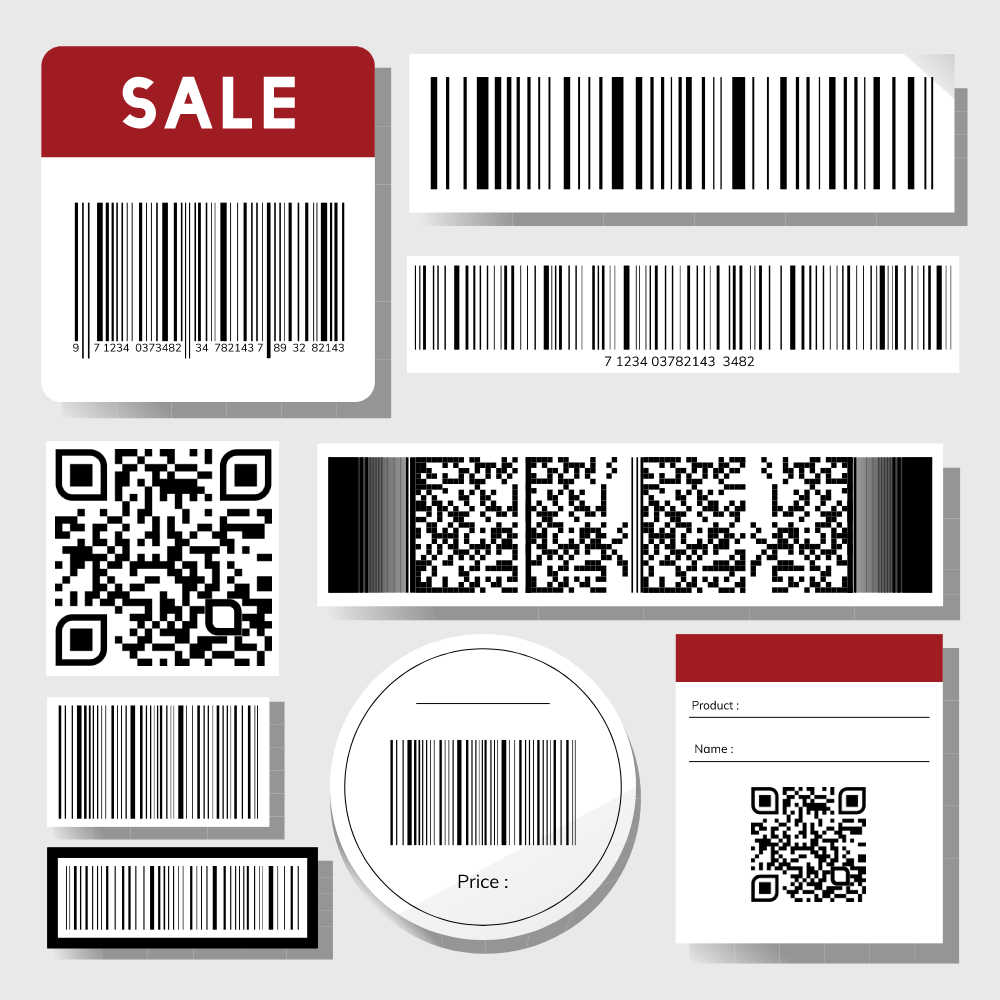In the world of product identification and data storage, two technologies stand out: QR codes and barcodes. While both serve the purpose of encoding information for efficient scanning and retrieval, there are notable differences that set them apart. Understanding these differences and the advantages they bring can help businesses make informed decisions when choosing the right technology for their specific needs.
Data Storage Capacity and Complexity
One of the primary distinctions between QR codes and barcodes lies in their data storage capacity. Barcodes are one-dimensional, typically consisting of a series of parallel lines with varying thickness and spacing. They can store limited information, usually a numerical or alphanumeric code of up to 20 characters. Barcodes excel in simple identification tasks and are commonly used for inventory management and retail point-of-sale systems.
In contrast, QR codes are two-dimensional and can store significantly more data. They consist of a grid of black and white modules arranged in a square pattern. QR codes have a much larger data storage capacity, capable of encoding up to thousands of alphanumeric characters. This versatility allows QR codes to store various types of data, such as URLs, contact information, or product details, making them ideal for applications that require more extensive information storage.
Scanning Speed and Accuracy
Another notable difference between QR codes and barcodes lies in their scanning speed and accuracy. Barcodes can be quickly scanned in a linear fashion using laser or image-based scanners. The simplicity of barcodes allows for fast and efficient scanning, making them suitable for high-volume environments like retail checkout counters. However, barcodes require a clear line of sight and can be affected by printing quality or damage to the barcode itself, potentially resulting in scanning errors.
On the other hand, QR codes require specialized QR code readers or smartphone apps with built-in QR code scanning capabilities. QR code scanners capture the entire code in one image, eliminating the need for precise alignment or a direct line of sight. This characteristic enables faster and more accurate scanning, even when dealing with damaged or partially obscured QR codes.
Versatility and Application Flexibility
QR codes offer unparalleled versatility and application flexibility compared to barcodes. While barcodes are primarily used for product identification and inventory management, QR codes find applications in a wide range of industries and use cases. The larger data storage capacity of QR codes allows for the inclusion of URLs, which can link to websites, landing pages, or online content. This versatility enables marketers to engage customers with interactive experiences, such as promotional campaigns or digital coupon redemption.
Additionally, QR codes can store contact information, enabling seamless sharing of business cards or personal details. They can also encode event details, allowing for easy check-ins or ticket scanning. Moreover, QR codes can integrate with payment systems, loyalty programs, and mobile apps, facilitating secure and convenient transactions for users.
Choosing the Right Technology
When deciding between QR codes and barcodes, businesses must consider their specific requirements and use cases. Barcodes remain a suitable choice for simple identification tasks and inventory management systems that require fast scanning and basic information storage. They are widely supported and cost-effective to implement.
However, if businesses seek more extensive data storage capacity, enhanced interactivity, and versatile application possibilities, QR codes are the preferred option. The ability to encode various types of data and facilitate seamless digital interactions makes QR codes invaluable in marketing campaigns, customer engagement initiatives, and data-rich applications.
In conclusion, while both QR codes and barcodes serve the purpose of encoding information for efficient scanning and retrieval, they differ in terms of data storage capacity, scanning speed and accuracy, and versatility of applications. Understanding these differences empowers businesses to choose the right technology for their specific needs, ensuring optimal performance, user experience, and successful implementation in the ever-evolving landscape of digital interactions.
